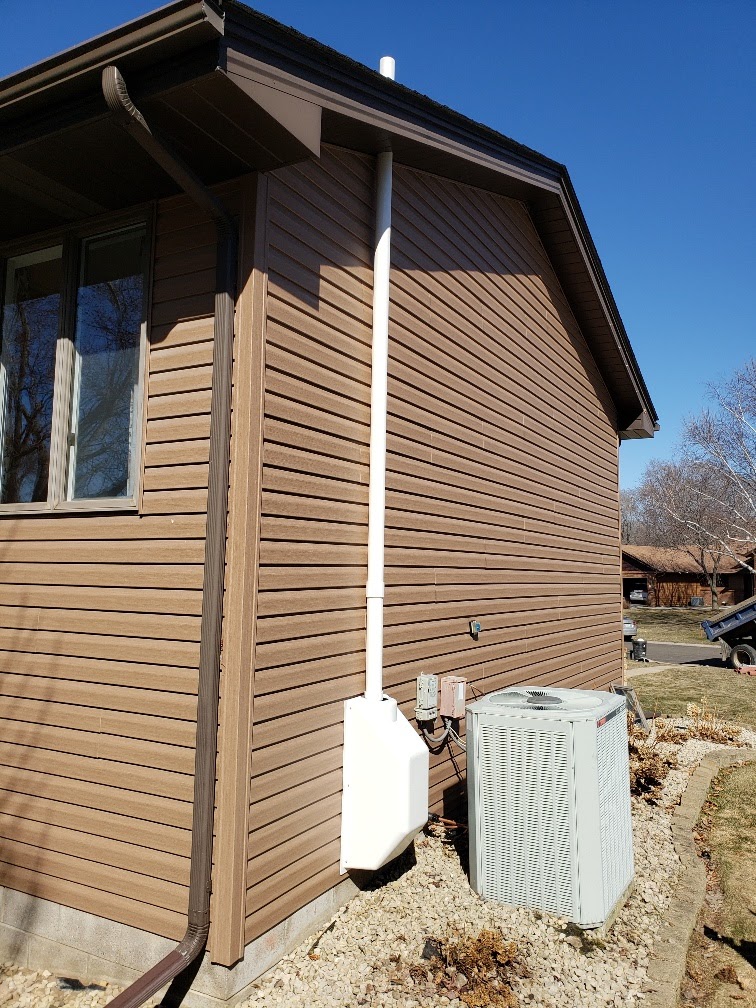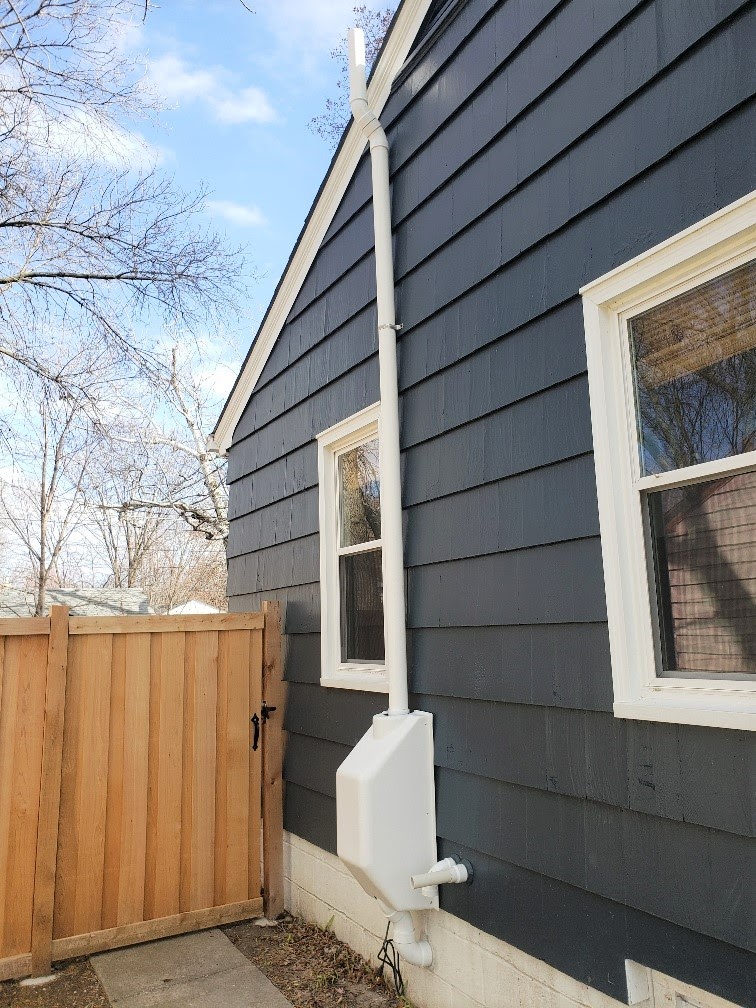
In spite of its universal relevance, radon removal and mitigation is not a well-understood topic. Its inherent complexity makes it very easy to get lost in the weeds.
Because radon can find its way into any home, understanding what it is, its risks, and how to test and remove it is critical knowledge every current or future homeowner should have. This blog will simplify the topic of radon mitigation and help you understand your options for reducing radon and ultimately, making your home a safer place to live.
Why Radon Mitigation in Minnesota and Wisconsin Is Important
What Is Radon?
Radon lives in the soil and is a naturally occurring colorless, odorless, tasteless gas formed by the breakdown of uranium and radium, both of which occur at high levels in Minnesota and Wisconsin.
How does Radon enter the home?
Radon typically infiltrates your home where the ground and building meet. For most homes, this would be the basement. Cracks in your foundation and walls can allow excessive amounts of radon to creep through, creating an unsafe and potentially, costly problem.
Radon Is A Health Risk
High levels of radon and long term exposure can lead to cancer. Radon is the leading cause of lung cancer for non-smokers in America, and the second leading cause overall. As we mentioned previously, you cannot identify it by color, taste, or smell, so you must take the initiative to ensure you and your family are safe from its effects.
Radon Is A Financial Risk
If you are selling your home and your future buyer tests to find high radon levels, they may require you to cover the cost of the radon reduction. It’s better to proactively address possible radon in your home now rather than react to an unplanned financial burden later.
When In Doubt, Test For Radon
If you’re unsure of your radon levels, Standard Water Control suggests a radon test to be safe. However, here are more specific scenarios that warrant a radon test:
- Your home doesn’t have a radon gas mitigation system
- Your home has never been tested
- You’re planning to sell your home
- You’re buying a new home that hasn’t recently been tested
- You’re remodeling your home
You also want to test for radon levels after a radon mitigation system is installed to ensure it’s working effectively. Once it is, Standard Water Control recommends testing every two years.
There is a misconception that if your neighbor’s radon levels are safe, so are yours. This is incorrect. Radon levels can vary drastically between houses next door to one another. Fortunately, there are reliable do-it-yourself test kits at home improvement stores for $10-$25. However, if you are testing radon as part of a real estate transaction, a third party must perform the test.
What Is a Radon Mitigation System?

Simply put, a radon mitigation system is a ventilation process that helps prevent radon from entering a building . There are several types of systems and various factors of your home will determine which is best for you: sub-slab depressurization (SSD) is the most common and can be attached to an existing drain tile system, sub-membrane systems which typically involve a crawl space, and other methods that may include heat recovery ventilators or energy recover ventilators, neither of which are typically as effective. An effective solution will keep radon levels below 4.0 picocuries per liter (pCi/L), which is the EPA minimum standard.
What Is the Best Radon Mitigation System For You?
For the majority of homes in Minnesota and Wisconsin, the best and most common solution is the SSD. It is used when a home’s foundation is a basement, crawlspace, or slab of concrete floor. The mitigation fan creates negative pressure that draws radon gas from the soil. This gas is pulled into a PVC pipe running through your home, or along its exterior, and exited above the roof, providing an effective, non-invasive system for keeping radon levels low.
Installation and Cost
The steps, time, and cost required to install the best radon mitigation system for your home depend on your home’s specific characteristics. At Standard Water Control, most installations are completed in less than a day. Here is our process:
- You or a 3rd party test (more testing info for Minnesota and Wisconsin)
- If 4.0 pCi/L or higher, contact us for a free estimate
- Schedule install
- Install
- Within 30 days, retest for radon
- Retest every two years
Radon mitigation system costs can vary significantly. The average radon installation cost for an entry level radon system in Minnesota and western Wisconsin is about $1,600 plus permits.
